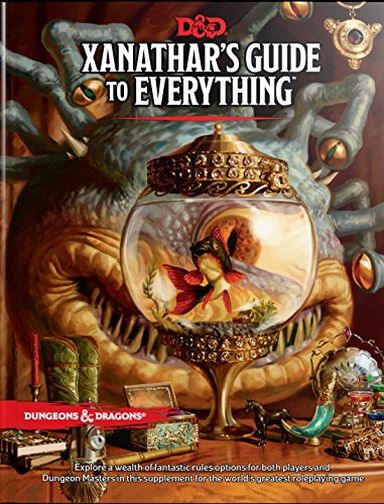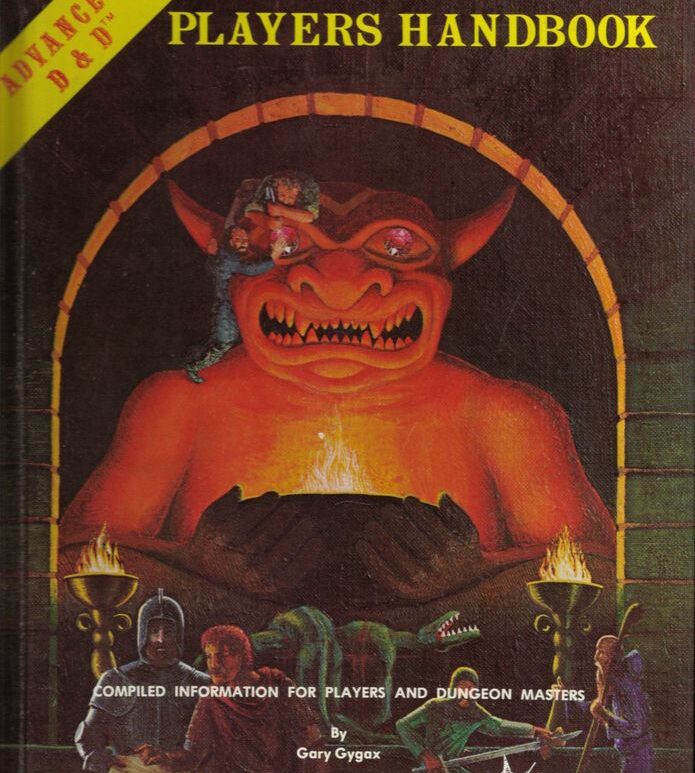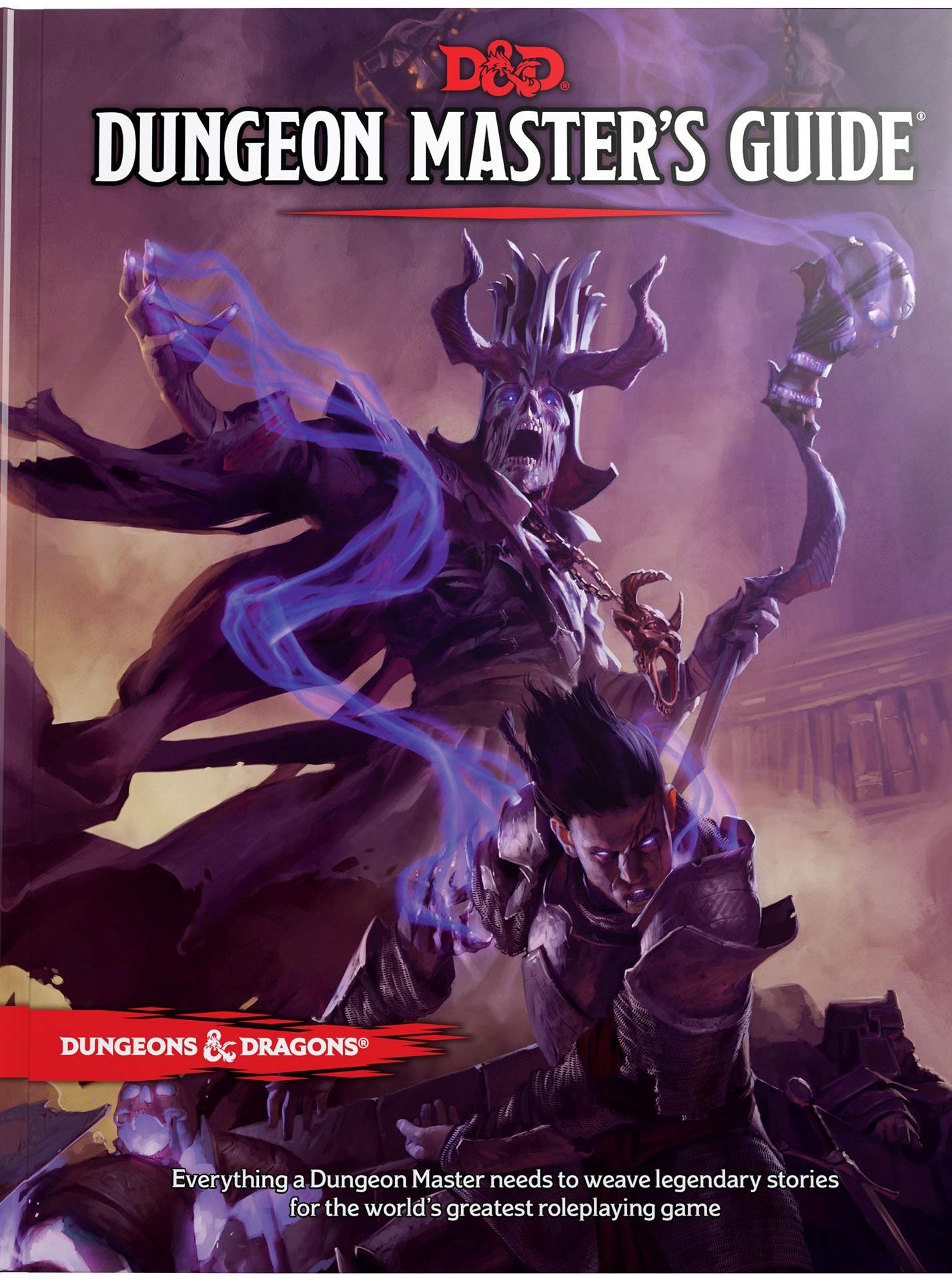
Expanding Crime (Downtime Activity)
One of my players – a bard – asked if he could extort shop owners during his downtime. The rogue is already stealing from them, so why not extortion and blackmail? The “Crime” downtime activity – as given in Xanathar’s Guide to Everything – requires three checks with random DCs. It basically represents a burglary. For Blackmail, those checks don’t make sense. So, let’s uses … Continue reading Expanding Crime (Downtime Activity)




